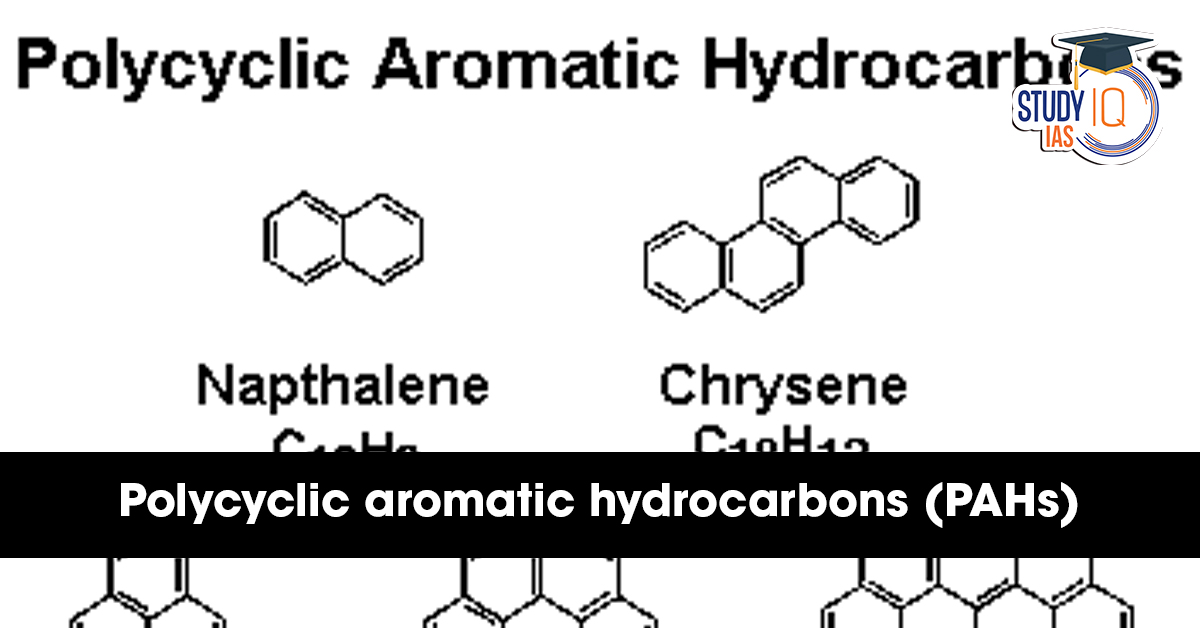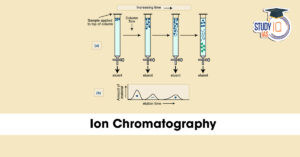Context: Recent research shows that certain PAHs (like the indenyl cation, C9H7+) can cool down very quickly after absorbing high-energy light, preventing them from breaking apart. This helps explain why so many PAHs survive in space.
What are PAHs (Polycyclic Aromatic Hydrocarbons)?
- Polycyclic Aromatic Hydrocarbons (PAHs) are molecules made entirely of carbon and hydrogen.
- They have a special structure: their atoms form multiple interconnected rings, like a honeycomb or chain of hexagons.
Key Facts About PAHs
- Found Everywhere: PAHs are found on Earth (for example, in smoke from fires, grilled food, and fossil fuels), but they’re also common in space. Astronomers estimate that PAHs make up about one-fifth of all carbon in interstellar space.
- Possible Origins of Life: Some scientists believe that PAHs arrived on Earth via meteors, possibly helping create the first building blocks of life. Their ability to survive harsh space environments adds to this theory.
- Interstellar Survivors: In places like the Taurus Molecular Cloud 1 (TMC1) — a vast, cold region of gas and dust in space — PAHs are found in larger quantities than expected, even though they are exposed to strong starlight that can break molecules apart.
- Molecular Structure: PAHs can be “open-shell” or “closed-shell.” This describes how their electrons are arranged. Closed-shell PAHs have electrons paired up, which can affect how they handle energy.
- Why They Matter in Space: PAHs are important in space chemistry. Their survival and growth help spread carbon — a key ingredient for life — to planets and comets.


 Advanced Air Defence Radars: Types, Comp...
Advanced Air Defence Radars: Types, Comp...
 Ion Chromatography, Working and Applicat...
Ion Chromatography, Working and Applicat...
 Broadly Neutralising Antibodies (bNAbs):...
Broadly Neutralising Antibodies (bNAbs):...

























